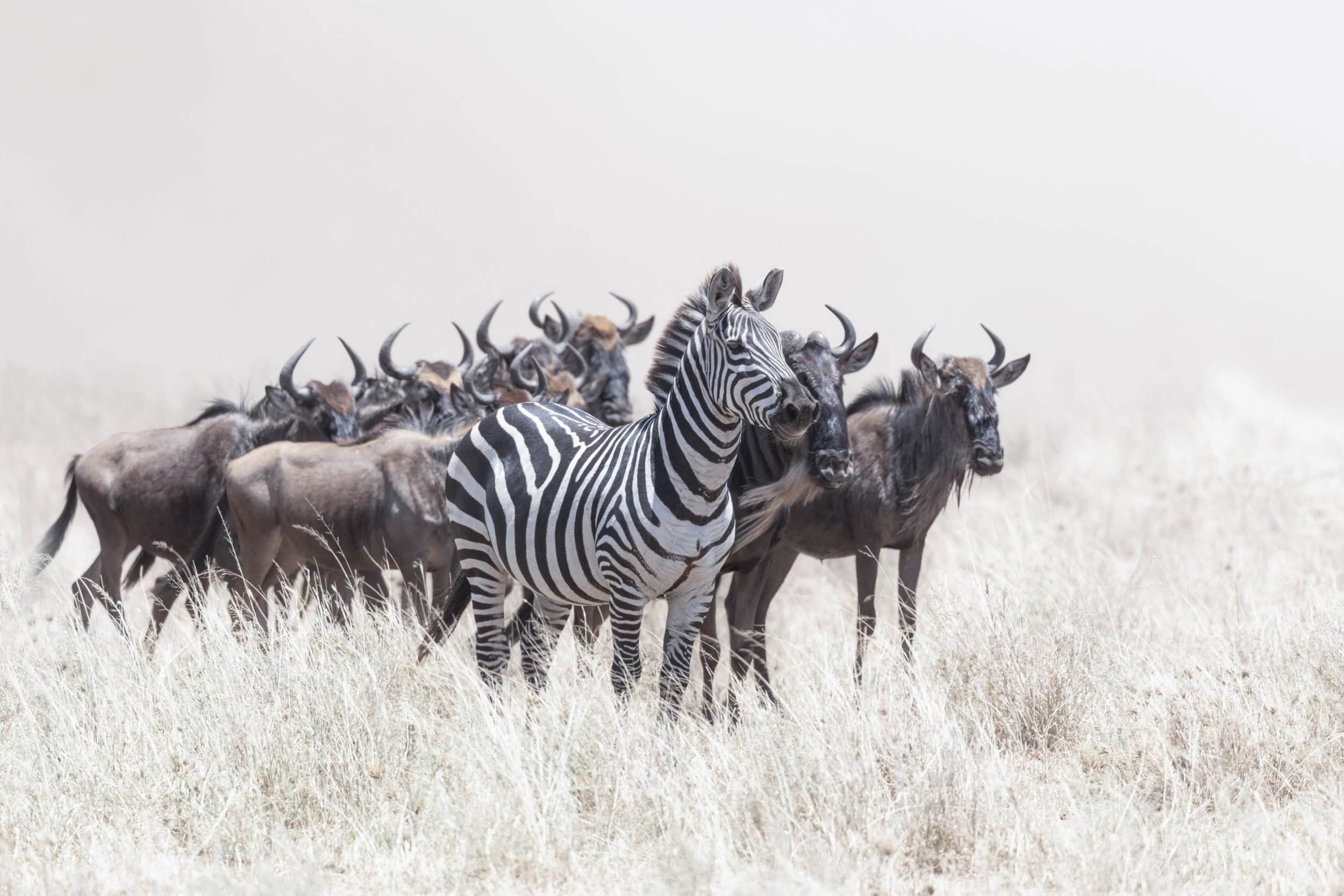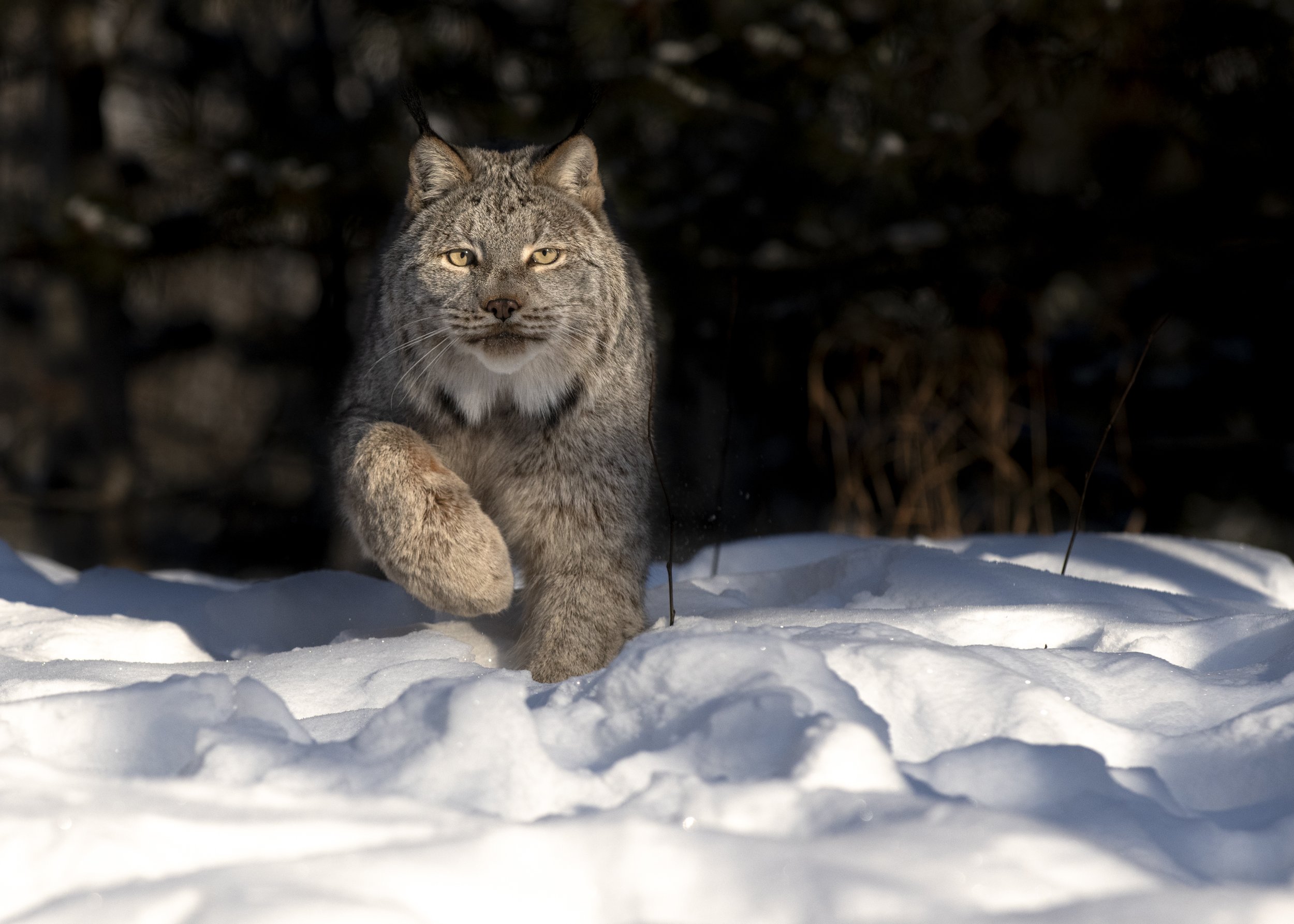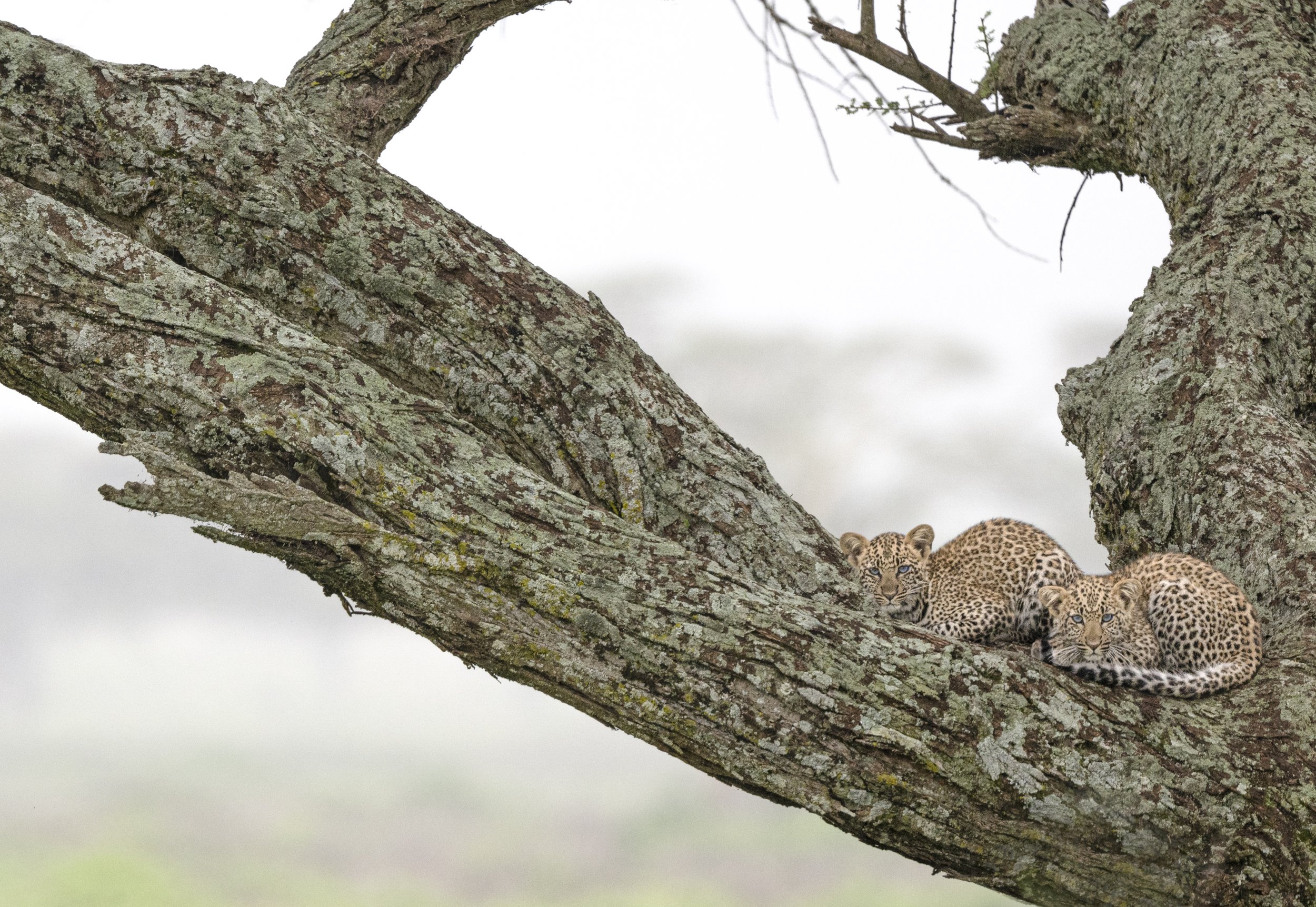The 7 Wildlife Photography Skills That Separate Snapshots from Stunning Shots (And How We Teach Them in the Field)
After more than a decade of leading wildlife photography workshops around the world, I’ve seen just about every mistake, every breakthrough, and every quiet “aha” moment a photographer can have in the field.
The difference between an okay wildlife image and a truly compelling one usually comes down to a set of core skills. These are not tricks—they're fundamentals. And they can’t be rushed. They have to be learned through hands-on, real-time experience, with a guide who’s focused on your success, not their own portfolio.
Here are the seven critical wildlife photography skills we teach in every workshop—and how we help you master them.
1. Understanding Animal Behavior
If you can read the animal, you can read the moment.
You can’t chase a shot in wildlife photography. You have to predict it—and that only happens when you understand the species you’re photographing.
In Tanzania, We’ll show you how to watch for pre-strike posture in a lion—the tail flick, the shoulder shift, the locked stare—so you know when it’s about to move. In Mongolia, we’ll discuss how golden eagles respond to wind direction before a flight, and in Alaska, we teach you to anticipate how a mother bear will guide her cubs along a river bend.
On our pre-trip one-on-one consultation, we talk about the wildlife subjects you’re most excited about and the images you’ve already imagined. That conversation helps us guide you in the field with clarity and intent—so when the moment unfolds, you’re not guessing. You’re ready.
2. Nailing Focus in Fast Action
Autofocus modes aren't one-size-fits-all. We tailor your setup to the scene.
Photographing a cheetah sprinting through the grass isn’t the same as shooting a still portrait of a puffin. We’ll teach you how to customize your autofocus settings—like switching from single-point AF to wide-area tracking for a running subject, or using back-button focus to isolate control when a background is cluttered.
During the trip, we’re right beside you, offering in-the-moment mentoring as the action happens. If your focus settings are off or you miss a sequence, we’ll go over it with you that same day during our daily image reviews—so you don’t repeat the mistake. Our goal is for you to get better each day, not after the trip is over.
3. Exposure to Challenging Light
You can’t rely on your camera’s meter when the scene defies the histogram.
From Snowy owls on a white field to black bears in backlight, you’ll face exposure challenges that confuse even advanced cameras. We teach you how to override the meter and trust your eye—using exposure compensation, spot metering, and custom profiles to dial in your image.
This is something we can prepare for even before you pack your bags. During your pre-trip call, we’ll talk about how comfortable you are managing exposure, and I’ll send you tips specific to the environments we’ll be in on our trip group chat. Then, in the field, we’ll work through every lighting condition together—adjusting settings, reviewing histograms, and explaining why each decision matters.
4. Storytelling Through Composition
A tight headshot is nice. A story that unfolds in a single frame? That’s unforgettable.
Great wildlife photography is more than getting close—it’s about placing your subject in context.
In the field, we show you how to build layers into your image: a rhino with storm clouds behind it, a herd moving information through the dust, and a snow leopard blending into its rocky domain. We teach you to look beyond the subject and ask: What story am I telling?
Sometimes we’ll pause mid-morning for five minutes of composition coaching right there on the spot. Then, in the evening, we’ll review your images and show you how a small shift—lowering your angle, opening up space, or reframing—could have added impact. And you’ll apply it the very next day.
5. Shooting with Post-Processing in Mind
Great editing starts with great shooting decisions. We help you think ahead.
Before you press the shutter, you should already be thinking about your final image. Will this frame convert beautifully to black and white? Does the scene lend itself to a panoramic crop? Are the shadows worth preserving?
We guide you to shoot intentionally—bracketing when necessary, protecting highlights, and leaving enough space to crop creatively. We talk through these ideas on-site and again during image reviews, so the learning is always connected to your own work—not just theory.
And when you get home, we know real life kicks back in. Between work and family, it’s hard to stay in that creative zone. That’s why we make ourselves available after the workshop to look through your best images with you, help with selections, and even offer editing suggestions. Just because the trip ends doesn’t mean the mentorship does.
6. Managing Distance and Perspective
Your feet matter more than your focal length.
We teach you when to move, how to move, and where to position yourself—not just for safety, but for stronger compositions.
In Alaska, we’ll help you find low ground to shoot bears at eye level instead of from above. In Namibia, we work on scale—showing how to frame animals against vast, minimalist backdrops for maximum impact.
We’ll also go over your favorite past images during our pre-trip call and ask: What worked? What didn’t? That helps us spot patterns in your composition habits and coach you more effectively in the field.
7. Staying Composed in the Moment
Adrenaline is the enemy of consistency. We teach you how to stay focused when your heart’s racing.
When a lion chases a zebra past your lens, it’s easy to panic—spray frames, miss focus, or completely forget to track.
We walk you through those scenarios before they happen. We simulate high-action situations and coach you through pacing your bursts, maintaining breath control, and sticking to your technique under pressure.
And if you freeze or miss a shot, we talk it through—not to critique, but to help you learn from it and bounce back stronger the next day. That’s the kind of personalized attention you can only get in a small group with instructors who are invested in your success.
The Akari Approach: Learn It. Apply It. Own It.
We don’t just teach photography. We teach your photography.
From the moment you sign up, we start the process—getting to know your gear, your goals, and the exact images you’re chasing. We guide you before the trip, stand beside you during the action, and stay available once you’re home and reflecting on your experience.
With small groups, focused instruction, and real-time feedback, you won’t just capture incredible images. You’ll leave with the skills, mindset, and creative confidence to keep growing long after the trip is over.
Join us, and let’s build your wildlife photography, one unforgettable frame at a time.
Here is a snapshot of the wildlife workshops we lead at Akari Photo tours
Epic Africa Wildlife Safaris - Our local guides will put you in the right place at the right time to capture elusive wildlife in the savannah or jungle and help you improve your wildlife photography skills. You’ll also be able to hone your landscape composition skills with dramatic sunsets or night skies over the African plains. The colorful traditions of local people provide countless opportunities for storytelling with your images.
Alaska Brown Bear Encounters - Whether you are up close with brown bears or photographing pods of feeding humpback whales against a backdrop of mountains and glaciers, an Alaska photography workshop is an unforgettable experience.
Bird-Focused Workshops in Europe and North America - Photographing birds can be challenging. Birds can be difficult to locate, and their motion is often fast and unpredictable. Plus, busy backgrounds frequently clutter bird images. Our experienced instructors will position you to photograph elusive bird species and impart valuable insights into avian behavior, helping you anticipate and visualize your pictures. They will also guide you through the proper camera settings and techniques and help you master post-processing methods to get stunning photos.
Yellowstone National Park Photo Workshop - Winter in Yellowstone National Park provides a once-in-a-lifetime opportunity to photograph wildlife and steaming geothermal features against pristine snow-blanketed landscapes. Temperatures are cold, and access is limited in the winter, keeping crowds small. If you’ve visited Yellowstone in other seasons, winter is unlike any other.
Falklands, Antarctica and South Georgia Photo Expedition - This journey will be one of exploration and learning. Our photo workshop has chartered space for 20 photographers and three photography instructors, ensuring you’ll get personal attention. We’ll host daily photography lectures and image reviews where you will learn how to improve your photography and post-process your images. Our experienced instructors will accompany you during landings and zodiac cruises, helping with camera settings and composition advice.





